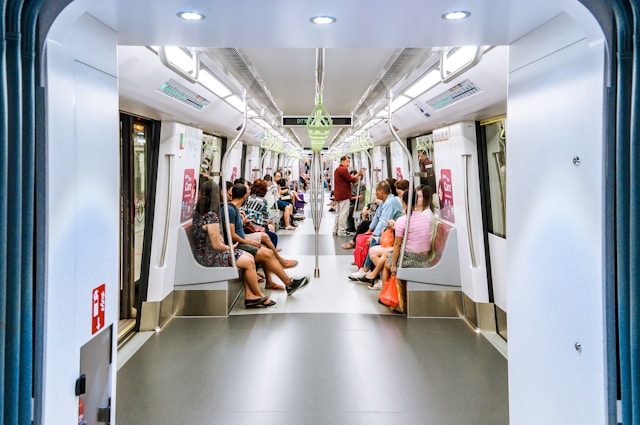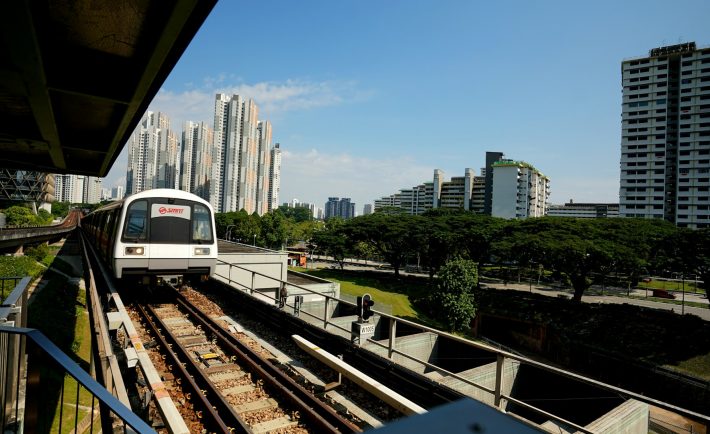After six days of delays, train services finally resumed between Jurong East and Buona Vista MRT stations along the East-West Line on the morning of October 1. The disruption, caused by extensive track damage, had left many commuters scrambling for alternative routes and dealing with longer travel times.
This return to normalcy brings a sigh of relief for many. However, westbound trains along the four-station stretch (i.e., between Dover and Clementi) are currently running slower at a temporary speed limit of 40km/h until October 3. This slower pace is part of a standard safety process following rail replacements, as trains typically travel at speeds of 60-80km/h.
COMMUTERS’ EXPERIENCE
During the disruption, the daily lives of more than 2.1 million passengers were affected with long waits and crowded platforms becoming the norm from September 25 to 29. The delays created challenges for those heading to work or school, requiring them to leave home earlier than usual.
Many commuters switched to alternative transport like buses, ride-hailing services, or taxis, which are typically more expensive than the MRT. You see, ride-hailing services also implemented surge pricing due to higher demand. These increased travel costs added up, especially for long-distance commuters.
ALTERNATIVE ROUTES
For six days, commuters took alternative routes, with many switching to the North-South Line or opting for the Thomson-East Coast and Downtown Lines. As a result, stations were packed, and transfer points became congested with passengers seeking faster routes to their destinations.
A common strategy involved transferring at Queenstown station to take the shuttle train to Buona Vista, or using Boon Lay station to transfer to Jurong East. While necessary, these options still extended travel times and complicated otherwise straightforward journeys.
REPAIR WORK
The damage affected the stretch between Clementi and Ulu Pandan Depot, requiring a full replacement of rail segments. On September 30, the Land Transport Authority (LTA) announced that the rail repairs been completed and the third rail had also been reinstated.
Before fully reopening the line, the LTA carried out a series of rigorous tests to ensure the tracks were safe. This included load tests using a locomotive to verify the rails were securely welded, followed by an endurance test involving a fully loaded train packed with sandbags to mimic real commuter conditions. Only after passing these assessments were trains allowed back on the line.
THE IMPACT
Commuters faced higher travel costs, missed appointments, and lost valuable time that could have been spent with family or at work. Many shared their frustrations of waking up earlier, enduring crowded buses, and dealing with extended travel times.

Image Credits: unsplash.com
For the millions affected, the six-day disruption felt like a marathon of endurance. With services now restored, they can finally return to their routines, though with a lingering sense of caution until the repairs are fully stabilized.

